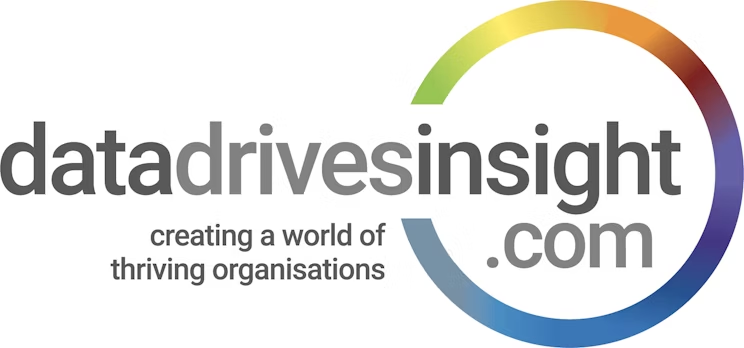GSL360 and GSC
Creating a visible shift in performance, leadership and safety culture using empirical tools
The performance AND safety challenge
Many organisations around the world continue to struggle with the tension between performance factors such as production, and their commitment to good safety outcomes.
We know that our global workforce feel increasingly stressed, unsafe and unhappy* at work.
- Detrimental (Toxic) workplace culture is costing our global economy billions of dollars each year.
- Low engagement is costing organisations between 10-20% in productivity each year.
- There are approx. 313 million work-related accidents costing heartache and billions
- There are 2.3 million work-related deaths - can't put a price on this!!
We know that organisations and most leaders are committed to producing safe high performance. They are well intentioned professionals with often best practice processes, policies, equipment, training and so on.
One reason for this is that many leaders view performance factors such as production and safety as separate constructs, essentially inside a "prioritisation" frame of reference. This frame causes leaders at times to choose production "over" safety or vice versa depending on operational pressures and other environmental factors.
This view creates a culture that will NOT deliver optimal performance or safety outcomes.
In order to create an optimal workplace culture that delivers sustainable and safe high performance, we firstly need to thoroughly understand the organisations current operating culture, at both the team and organisation level, using the world's best empirical assessment tools - the GSL 360 and GSC.
These diagnostics will identify which aspects of the current organisational culture are effective and which are suboptimal based on years of research. Results from the assessments reveal insights that make it crystal clear where to focus interventions to create a breakthrough in both performance AND safety outcomes.
*According to the Global Wellness Institute report "The Future of Wellness at Work"

Did you know...
Leaders that performed substantially better in their
GSL 360, led a workforce that were more engaged and psychologically safe!
In fact...
41% of staff felt more valued
59% of staff felt more listened to
57% were more likely to share their ideas and concerns
58% were less avoidant of safety issues
63% felt more confident that changes would result in improved processes
What vital areas are Assessed?
They tell you:
- The current capability of your leaders
- The current operating culture at team and organisation levels
- The Impact these are having on your performance and safety outcomes.
- Where to focus attention to improve your organisations performance and safety outcomes.
How?
These tools make the invisible, visible. In other words, they uncover the thoughts, views and beliefs that drive individual and organisational actions and behaviours that deliver your results.
You will get access to the answers of the following important questions.
- What impact are my leaders having on safety culture and performance?
- What capability shift will get the greatest performance shift?
- Where are my high and low performing teams and what causes the difference?
- What impact are my leaders having on psychological safety and innovation.
- What performance and engagement outcomes are linked to team culture and behaviours?

The GSC and GSL 360 Assessments are based on the latest thinking on safety culture and leadership and enables teams and organisations to understand their current strengths and areas for growth into a Generative Safety Culture.
So, what are the most important leadership capabilities needed to have a positive impact on safety performance?
Generative Culture - 4 factors
Our research has indicated that in order to create a Generative Culture, a Leaders and teams need strong capability in 4 Factors
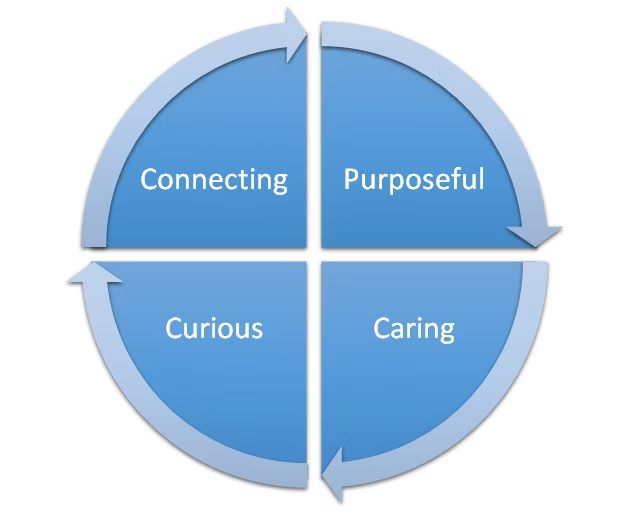
Knows the reason why we are here, why the company exists, why we are doing this work. Honors commitments as one’s word. Say what you will do, do what you say. Inspires and engages others to be purposeful, committed, and continuously learning.
Able to suspend what you know and seek out what you do not know. Uses the diverse views of others to put together a more complete picture of what is going on. Keeps Inquiry open as long as possible to in order to learn. Takes the perspective that people behave consistently with what make sense to them.
Engages with others on a personal basis. Able to understand how it is for other people. Wellbeing is important both for oneself and for others. Balances a focus on strengths with the need to address development gaps. Communicates care and compassion appropriately.
Understands how functions are interconnected, creates bridges. Seeks out and defers to expertise as needed. Stays connected to those closest to the work, ensuring they get what they need to be effective. Seeks to understand systems by creating and updating models of how things work.
Our research has shown that each of the 4 Factors has a positive impact on the way staff feel and behave at work, ie: they create a more generative culture.
The diagnostics
Here's a little more information on each of the assessment tools;
Is a...
Reliable and valid 360 degree assessment for individual leaders.
Which measures...
- Leadership capability - both self and leadership of others using the four factors.
- Leader's ability to foster psychological safety.
- Leader's impact on others.
Using feedback from...
360 degree feedback - Self, Manager, Peers, Direct Reports and Other.
And is completed...
Online on any computer, tablet or device in around 10 mins.
Participants receive...
- Confidential individual report.
- Results debriefed in 1.5hr coaching session.
- Comprehensive Self-Development Guide.
Organisations receive...
- Aggregate Data reports reveal collective capability (min N=5).
- Participants share their Personal Development Plan (PDP) for performance reviews/coaching.
- Leaders feel valued and engaged, with increased commitment to safety.
Is a...
Fully comprehensive organisational assessment survey for discrete teams.
Which measures...
- Team capability using the four factors.
- Team culture (qualitative and quantitative).
- Psychological safety.
- Employee engagement.
- Team impact and ability to deliver services/support
Using feedback from...
All members of a discrete team, combined to form an organisation-wide report.
Optional feedback from an interfacing team
And is completed...
Online on any computer, tablet or device or on paper surveys in around 15 mins.
Participants receive...
- High-level results shared among leaders.
- Team-level debrief to understand relevant feedback and make personal commitment to action.
- Customised coaching resources.
Organisations receive...
- Team-level reports highlighting capability and engagement that can be correlated to leadership.
- Access to organisational data to best focus development budgets.
- Leaders feel valued and engaged, with increased commitment to safety.
Combining the GSL 360 and GSC Assessments gives you the full picture
The combination of GSL 360 and GSC enable organisations to shine a light on the individual and collective views/thinking and behaviours/ actions that correlate with visible outcomes such as organisational performance and employee engagement. Click to find out more about leadership performance
Example: Impact of leadership
The top vs. bottom performing leaders as assessed by the GSL 360 demonstrated a significant difference in how their employees behave as a result of their leadership.
Leaders that engage in transformation activities had a significant improvement in leadership impact.
Teams that worked with one of the top 10% performing leaders behaved more positively AND more safely at work, in comparison to those that worked with one of the bottom 10%.

Imagine if;
17% more staff, felt safe to stop the job if unsafe?
34% more staff, had confidence in safety processes?
15% more staff, felt empowered?
This is just one part of the picture, so far we've found out how the leadership impacts the team. The next challenge is to understand the team's culture and it's impact on the organisation.
_____________________________________
We have shown that an improvement in the 4 factors WILL lead to an improvement in workforce behaviour.
Our research has shown that leaders tend to have strengths in Purposeful and Caring, but typically lack the ability to effectively demonstrate Curious and Connecting, ultimately limiting their leadership potential.
When comparing the top vs. bottom leaders across each Factor, we found that their Curious and Connecting had a greater impact on engagement.
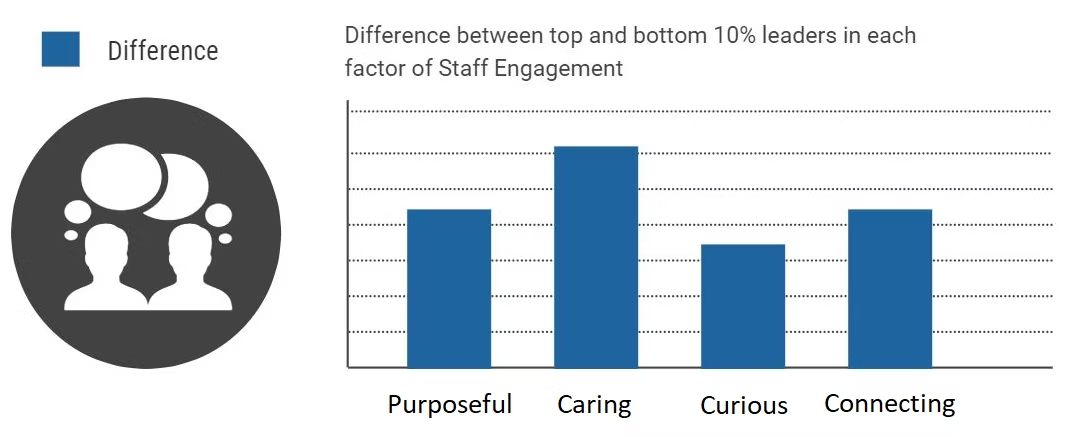
Given these are the two factors that leaders are typically poor at, the majority of organisations are missing a significant opportunity to transform employee engagement which has a direct impact on safety and performance.
Organisations that develop leaders' Curious and Connecting will have the competitive advantage, but first they need leaders to become aware of these gaps i.e. their own blind spots.
We found that most leaders weren’t aware of these gaps (i.e. blind spots) until their colleagues, manager and staff gave them genuine, honest and valid feedback using the GSL 360 tool.
What would it mean for you and your organisation to be a thriving, high performing AND safe organisation?
That is, to be Generative.
Culture is the entrenched attitudes and opinions shared by a group of people, and the organisations pattern of response to the problems and opportunities it encounters. Generative Safety Culture was first identified by noticing how groups of people relate to the flow of information in their work environment. The insight about information flow led to the development of a culture typology which identified three dominant types: Detrimental, Bureaucratic, and Generative (Westrum).
The features of these types are shown in the following table.
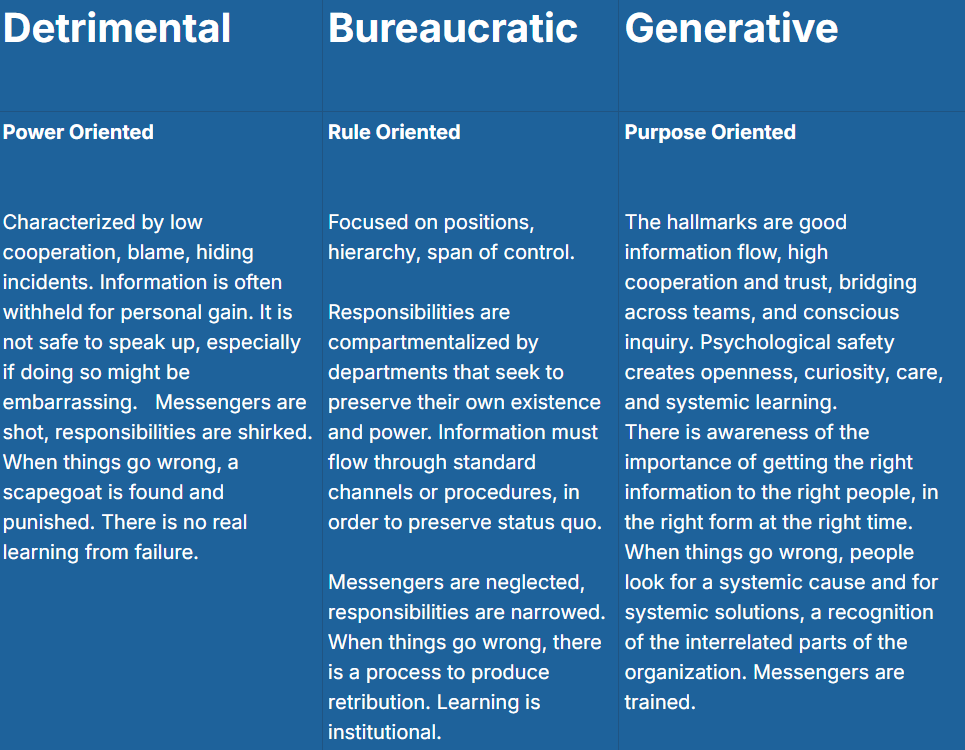
Generative culture recognises the important roles of both process safety and personal safety.

A Generative approach helps to create the commitment required to establish a common ground in a new model of safety culture and leadership
So, how do you do that?
Measuring team safety capability, culture and impact.
Discover the greatest levers for transformation.
The GSL 360 includes:
Comprehensive report covering;
- Leadership capability strengths and opportunities
- Spidergraph diagram showing current and desired performance
- Comparison of views from various rater feedback
- Feedback on leadership impact
- Feedback on leader's ability to foster psychological safety
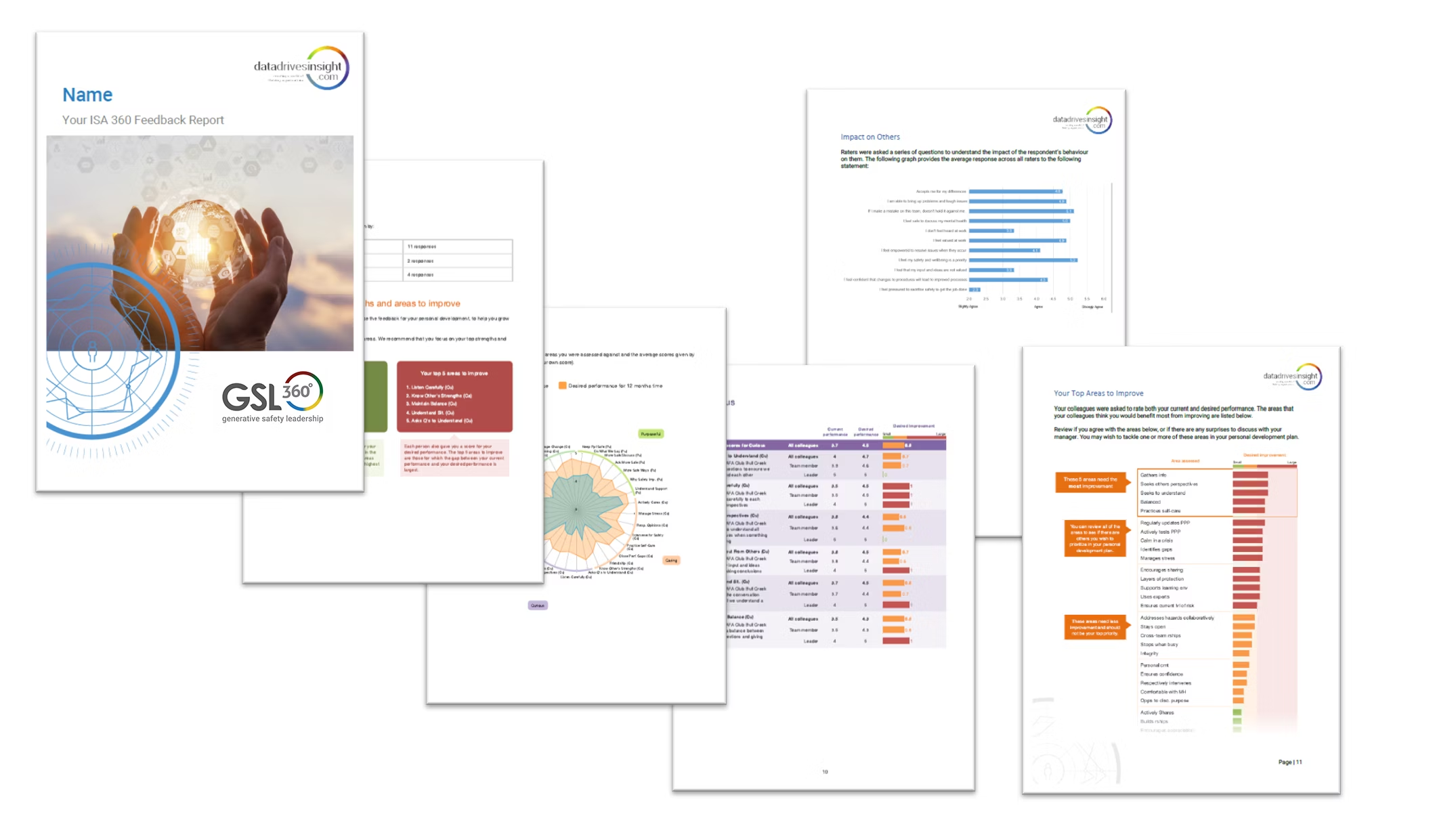
The GSC Includes:
Comprehensive report covering;
- Team's collective capability strengths and opportunities
- Spidergraph diagram showing current and desired performance of the team
- Comparison of views from various rater feedback (Leaders and Staff Members)
- Culture typology and qualitative analysis
- Staff engagement
- Psychological safety
- Optional impact feedback from an interfacing team
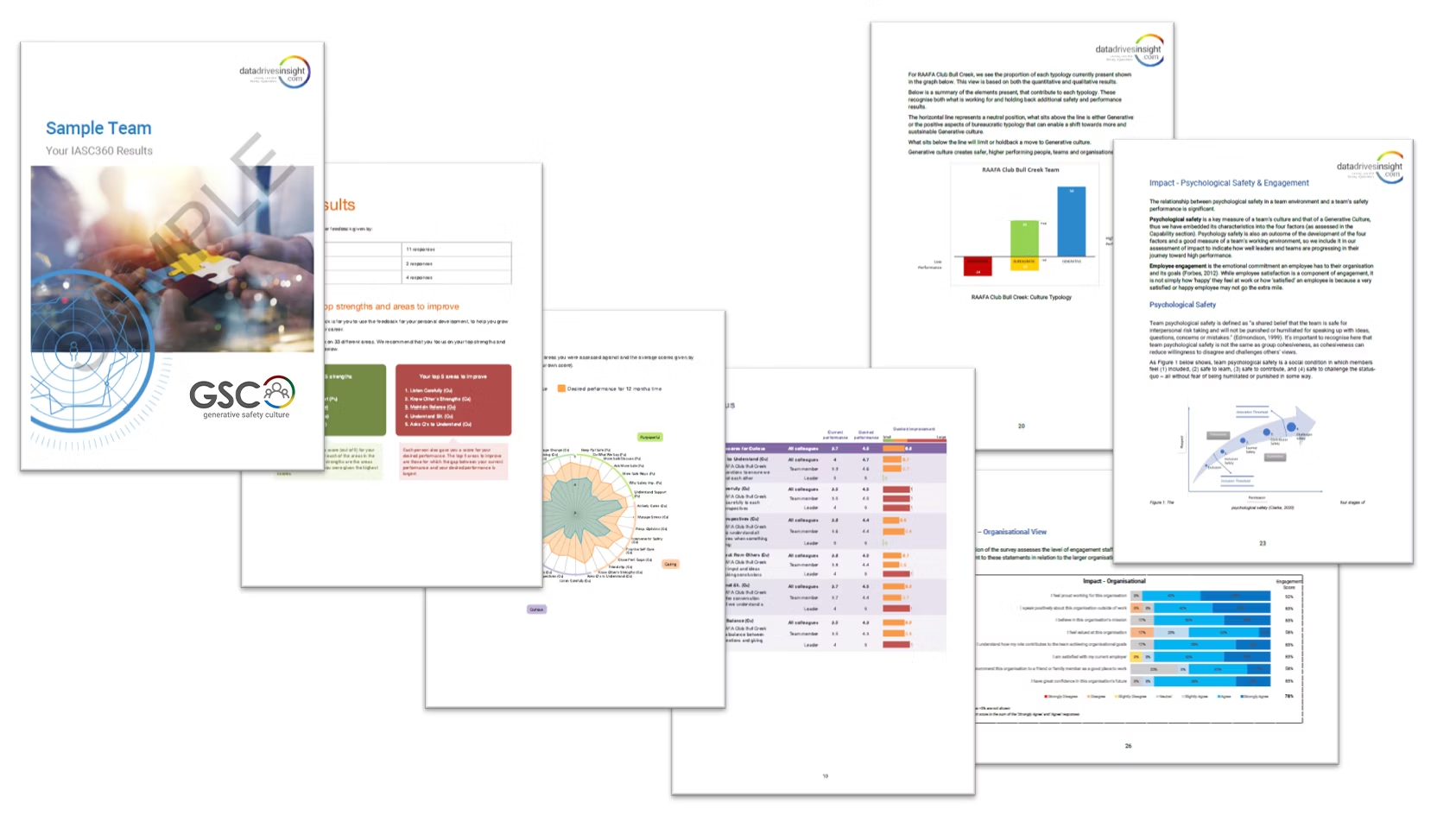
How do I get started?
Contact Us
One of our passionate team members DataDrivesInsight.com will be happy to answer any questions you have about the GSL 360 or GSC, and would be delighted to discuss your organisation's needs further.
We look forward to hearing from you
Kasia Kondas
CEO
